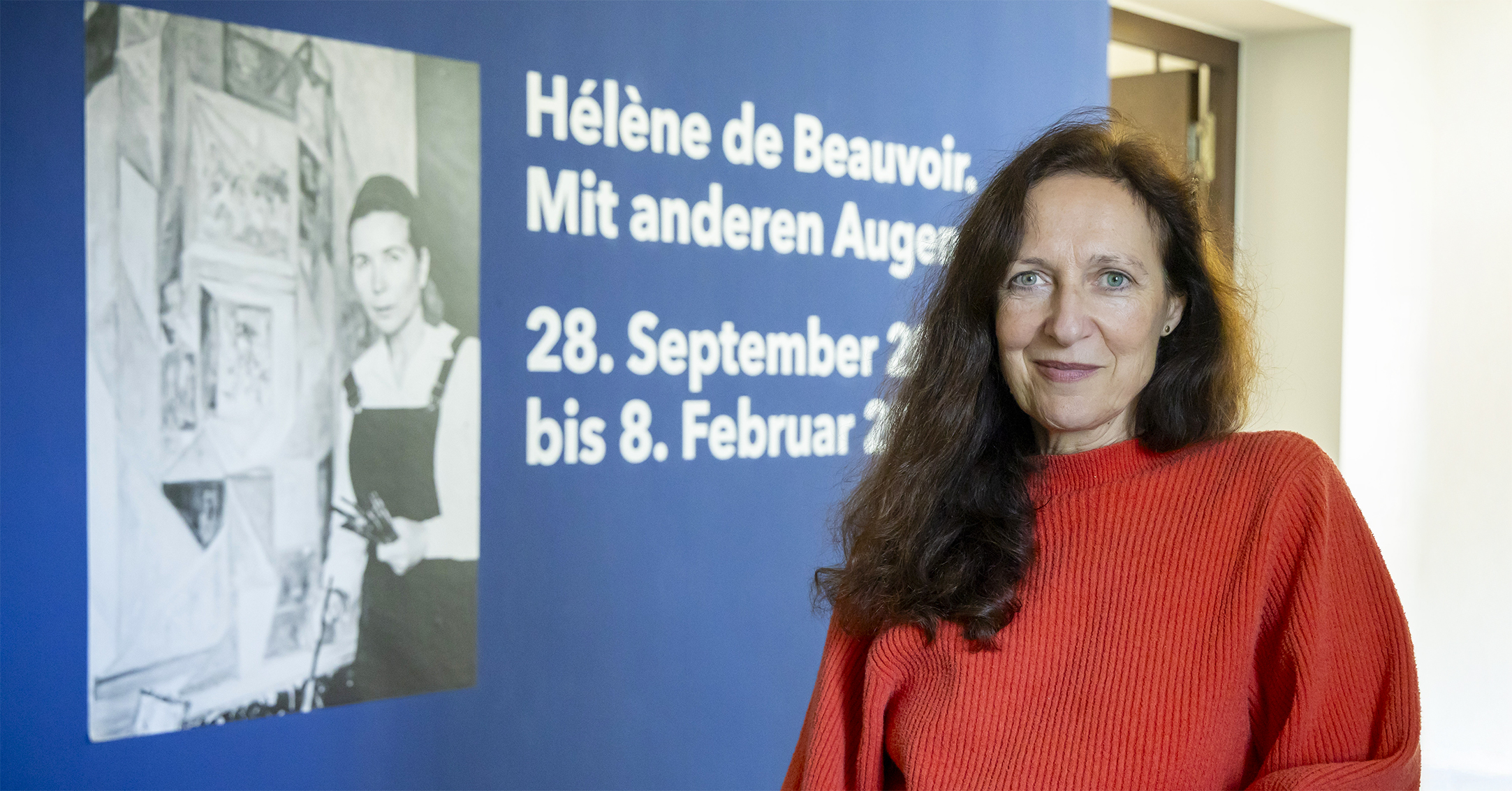A mild morning on Lake Garda. Exhibition curator Beate Kemfert and her colleague, in-house technician Björn Erpenbach, sit in the Opel Movano, carefully secured parcels in the back of the loading area. Inside: several paintings by the French painter Hélène de Beauvoir. „We were on the road with private collectors in Italy, but also in Germany,“ says Kemfert. „Without the Movano and the Vivaro, we would hardly have been able to do it logistically.“
The vehicles are more than just a means of transport – they are safe companions of a European art expedition that lasted for months. From Bad Homburg to Regensburg in Bavaria, Kemfert collected works that can now be seen for the first time in Germany in a major retrospective at the Opel Villas in Rüsselsheim: „Hélène de Beauvoir. Seeing with different eyes“.

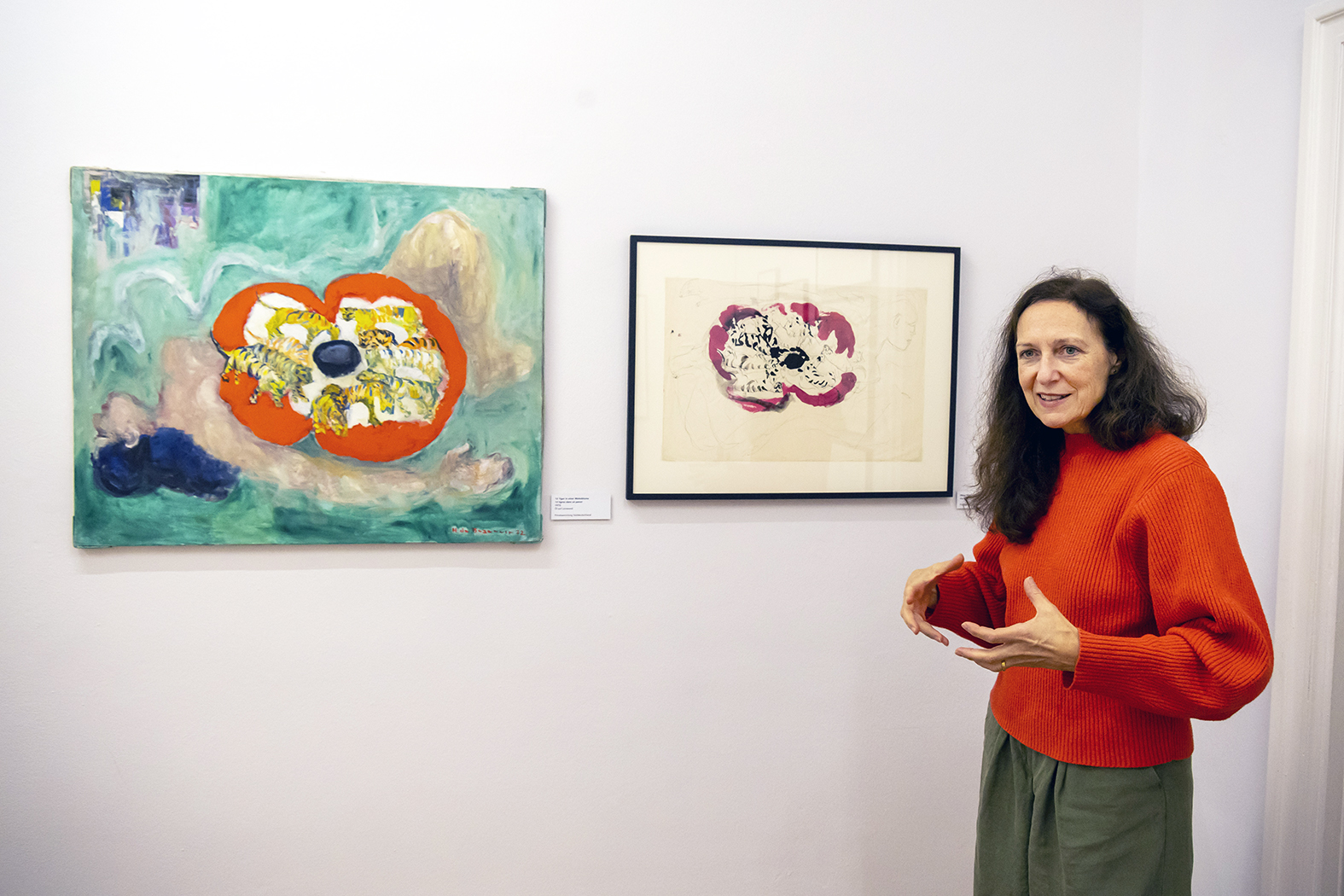
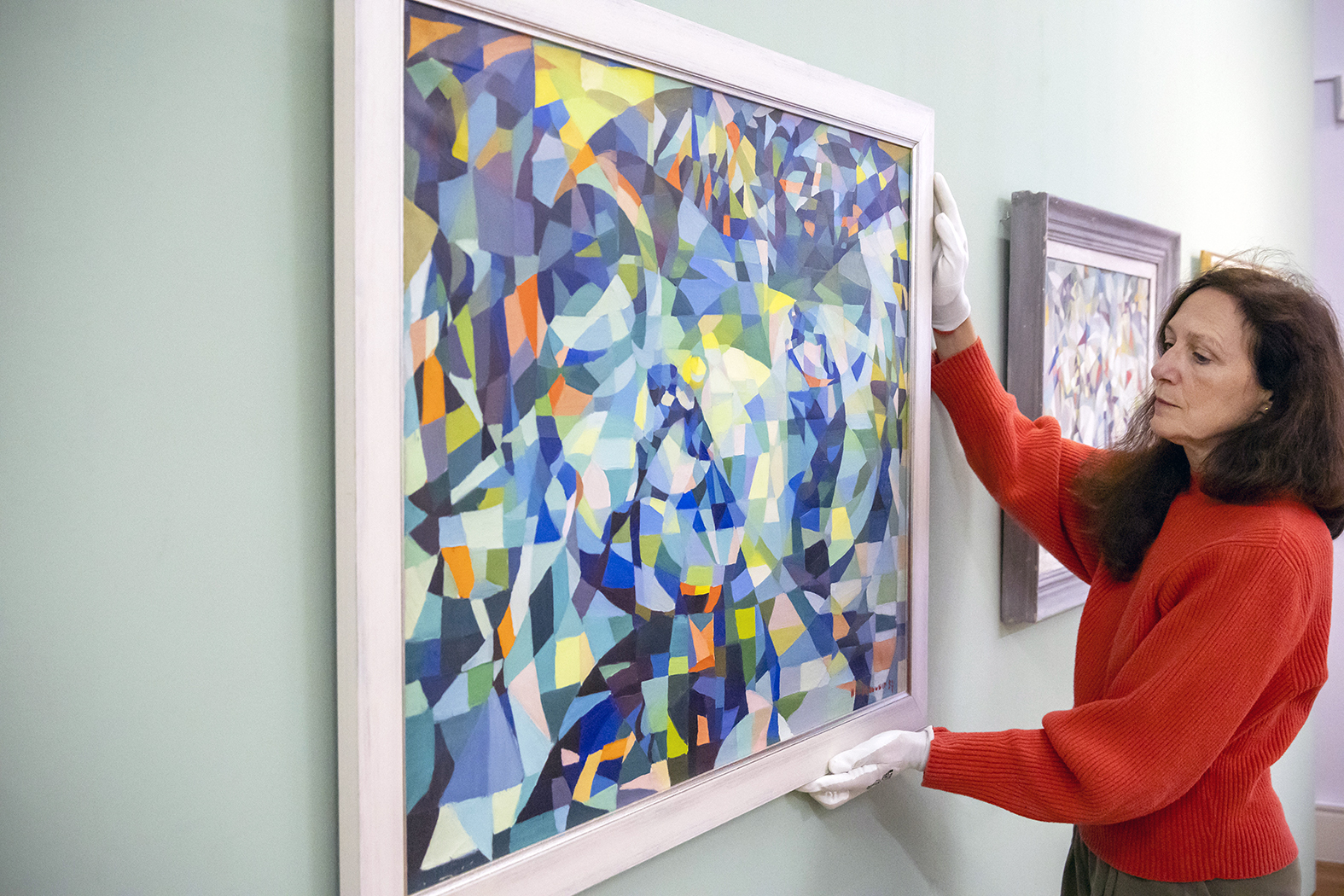
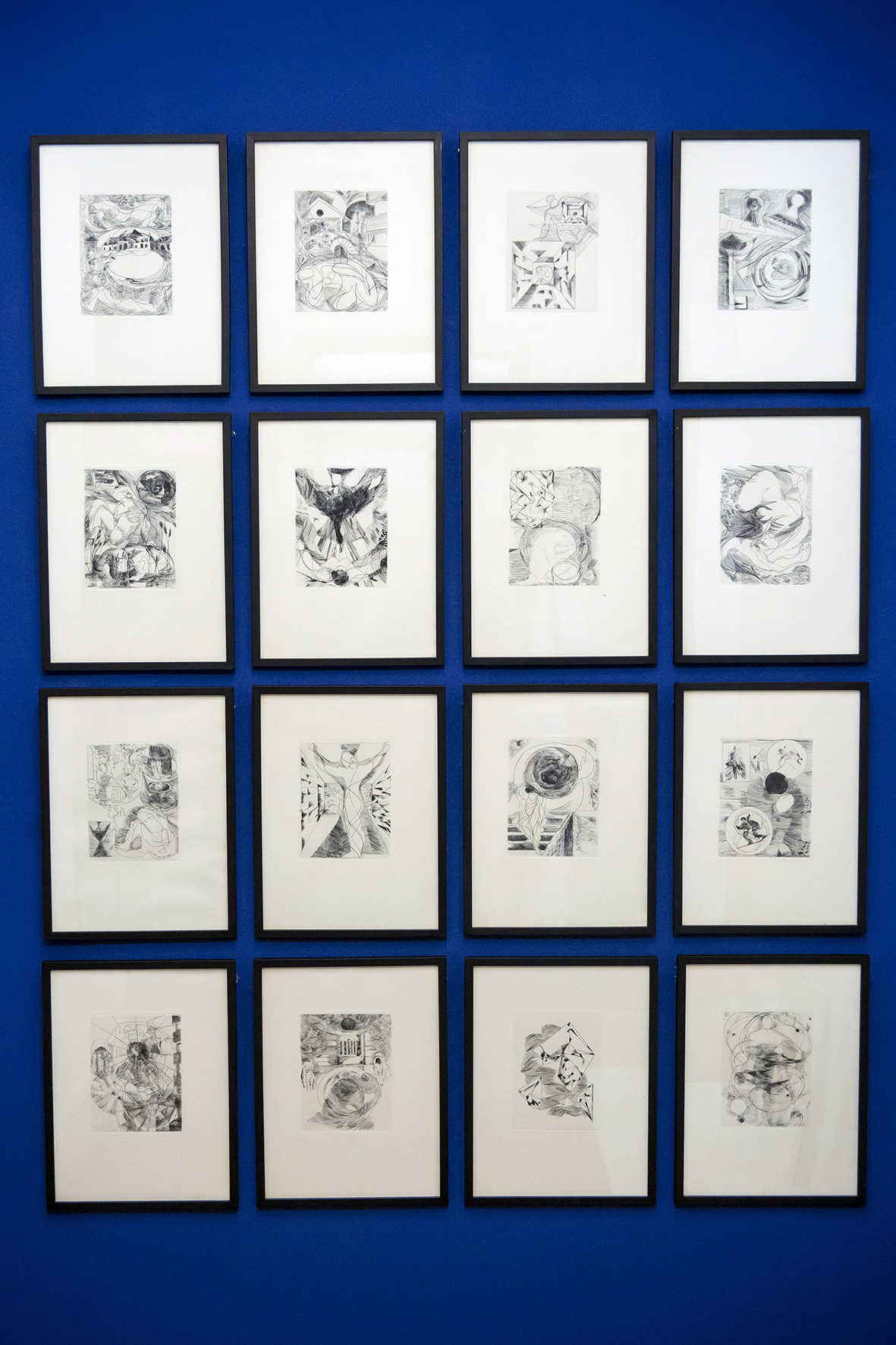
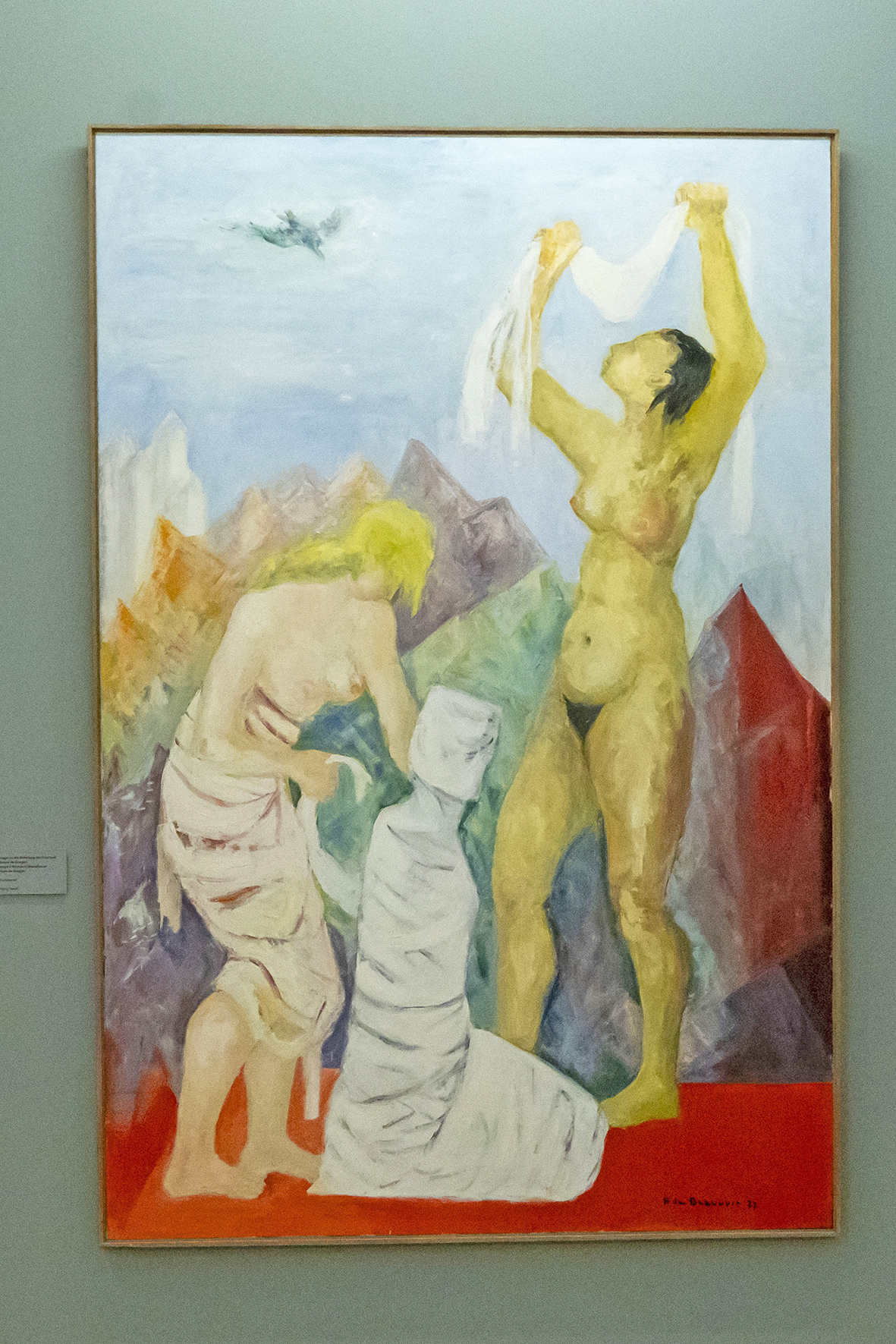
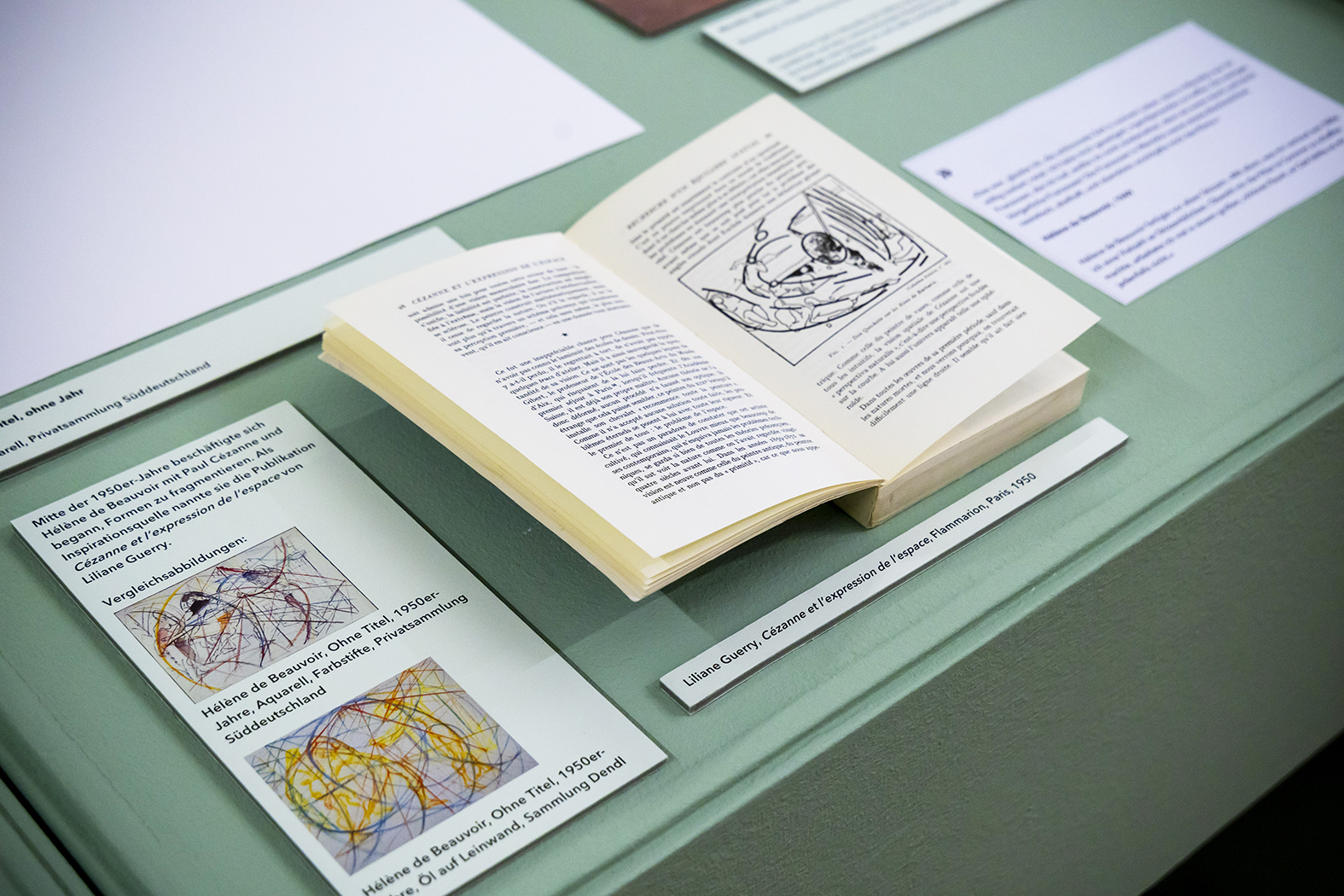
She has a famous name, but many do not know it. Hélène was the younger sister of the philosopher and writer Simone de Beauvoir, but she blazed her own trail as a painter, feminist and contemporary witness. Picasso was impressed by her first exhibition in Paris as early as 1936 – but then she disappeared from the radar of the art world. Only now, almost 25 years after her death, is her work being rediscovered. The Opel Villas are showing over 150 loans from six countries: oil paintings, watercolours, copper engravings, drawings, original posters – many of them on public display for the first time. The exhibition tells the story of a life between realism and abstraction, between harmony and turmoil.
Unimagined discoveries
„It was an exciting search for clues across Europe,“ says curator Beate Kemfert with a smile. For weeks, she sifted through archives, private attics, estates. „Often the owners didn’t even know what they had in their boxes.“ Some works, such as the ‘Impressions from Venice’ from 1955, were picked up from Bad Homburg in an Opel Vivaro shortly before the exhibition began. „Every transport is exciting – we transported the picture safely to Rüsselsheim in the best possible packaging.“
„It was an exciting search for clues across Europe. Often the owners didn’t even know what they had in their possession.“
– Curator Beate Kemfert –
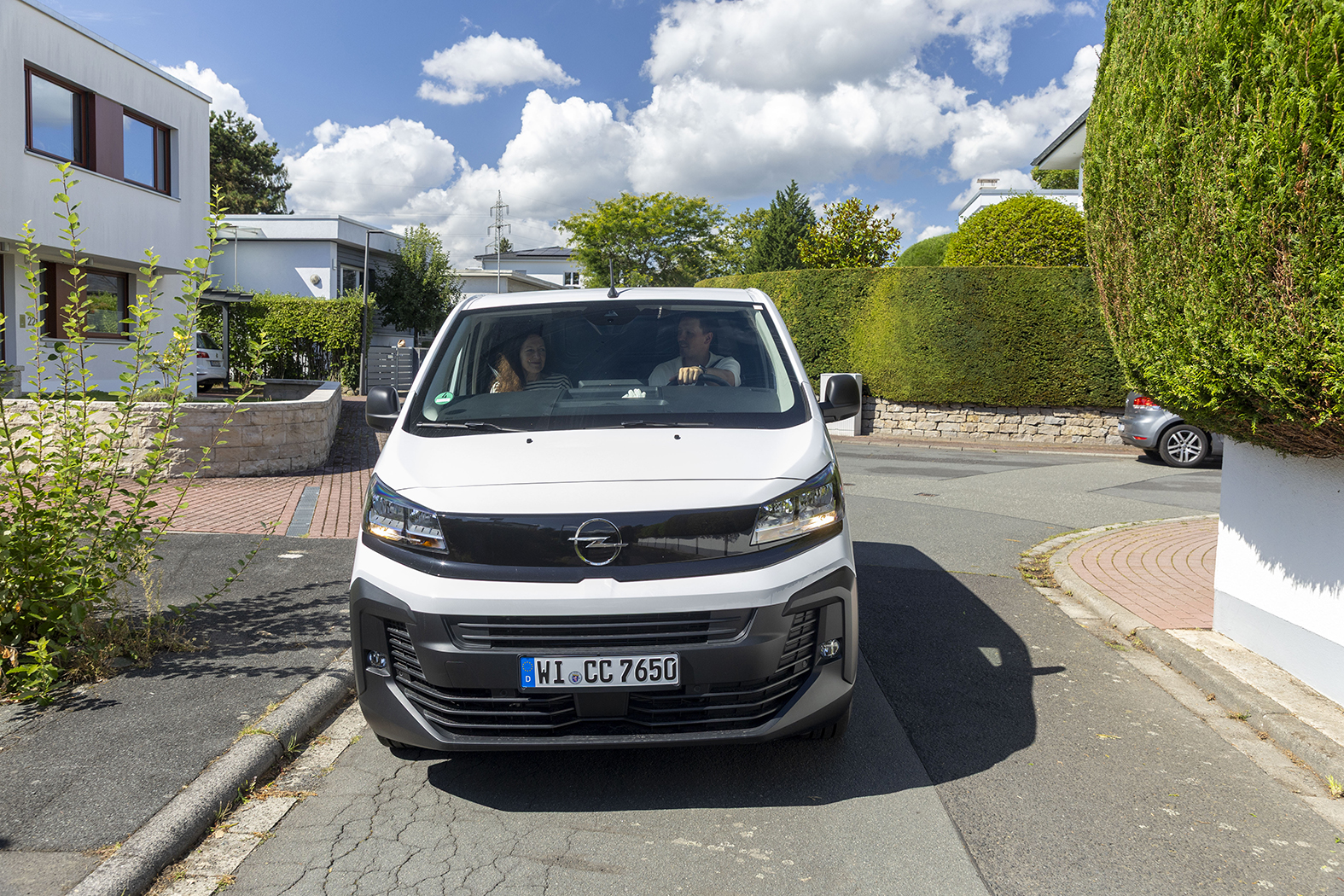
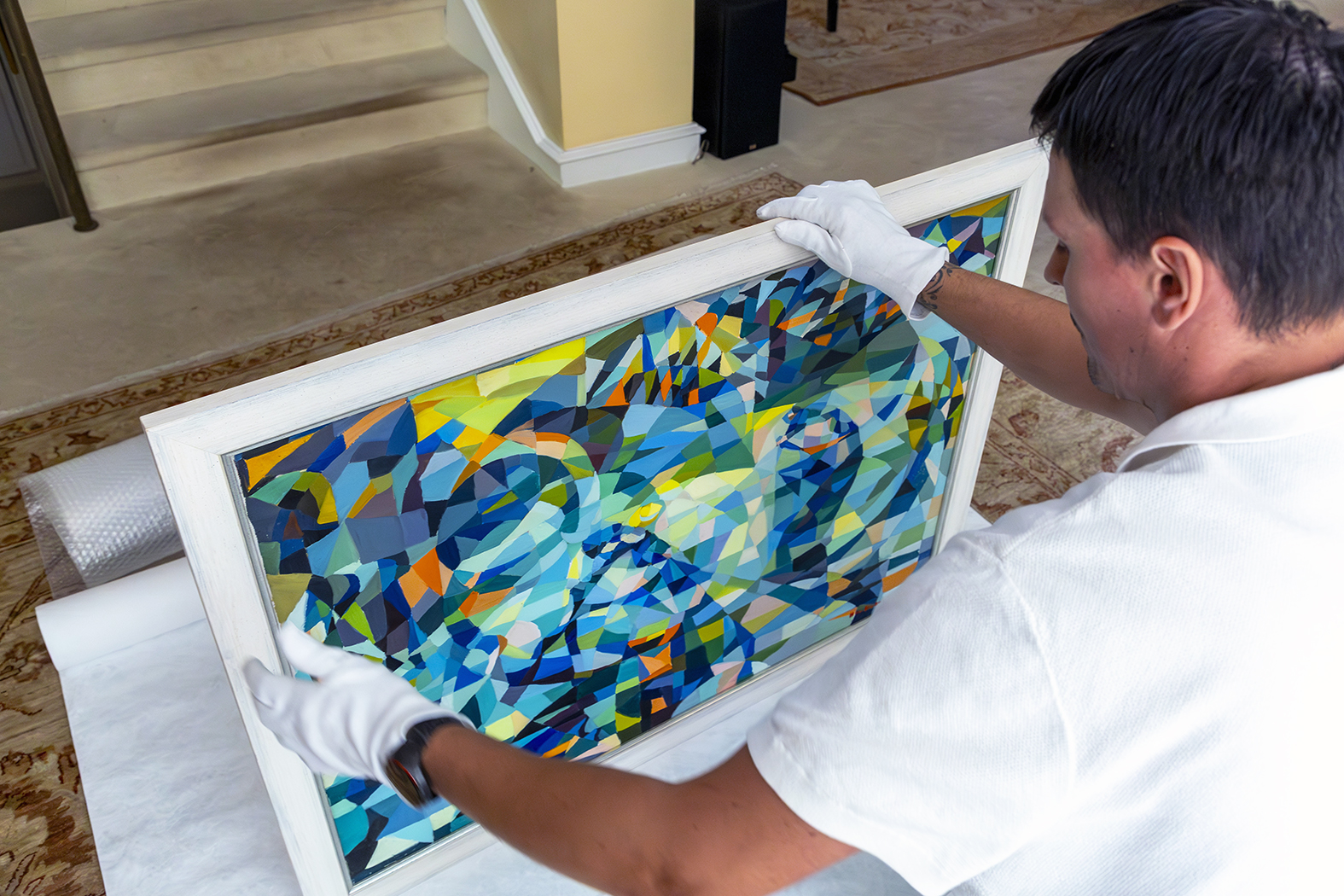



Hélène de Beauvoir.
Seeing with different eyes
Opening hours: Tuesday, Thursday to Sunday: 10 a.m. to 6 p.m. // Wednesdays until 8 p.m.
The exhibition can be seen in the Opel Villas until February 8, 2026.
Guided tours & programme: Regular public tours, themed tours, evening tours with crémant, as well as artist talks and accompanying lectures. Appointments under www.opelvillen.de.
The fact that Opel provided the transport vehicles fits in with the philosophy of the Art and Culture Foundation: Mobility for Culture. „It’s not just about showing art, but about bringing it together in the first place,“ says Kemfert. In the exhibition rooms, Hélène de Beauvoir’s work unfolds like a mosaic of emancipation. Early, representational drawings stand next to abstract explosions of colour from the 1960s. In between: politically charged scenes – such as the monumental painting „I love you, oh say it with cobblestones“, a reaction to the student revolt of 1968.
A look with different eyes
The woman is always at the centre: strong, vulnerable, combative. In the 1970s, Hélène de Beauvoir became involved in the women’s movement, addressing violence, physicality and environmental destruction – long before the term ecofeminism became popular. „See with different eyes“ – that was Hélène de Beauvoir’s appeal. A call to look at the world not through the glasses of habit, but through the gaze of empathy, vulnerability, equality.
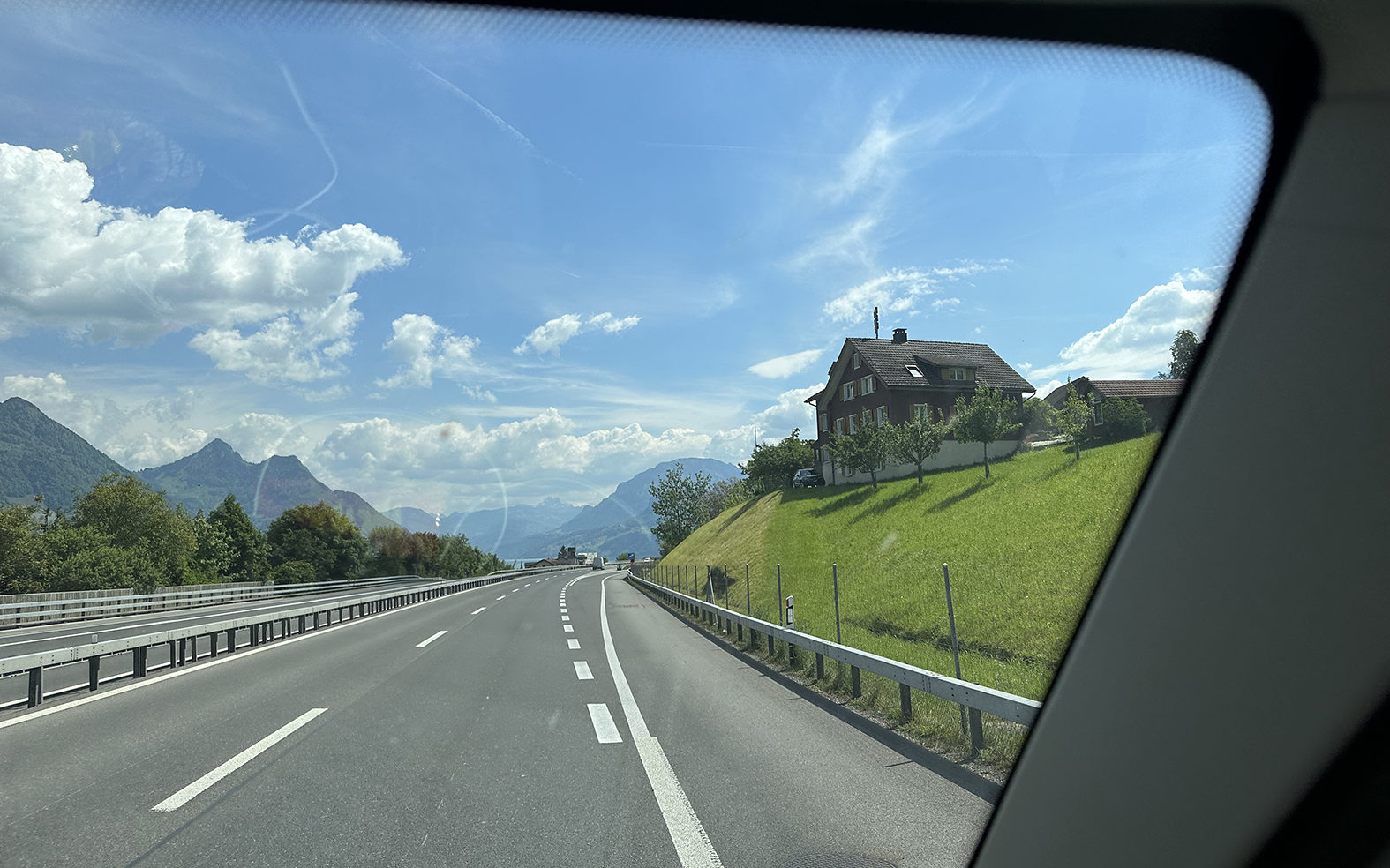
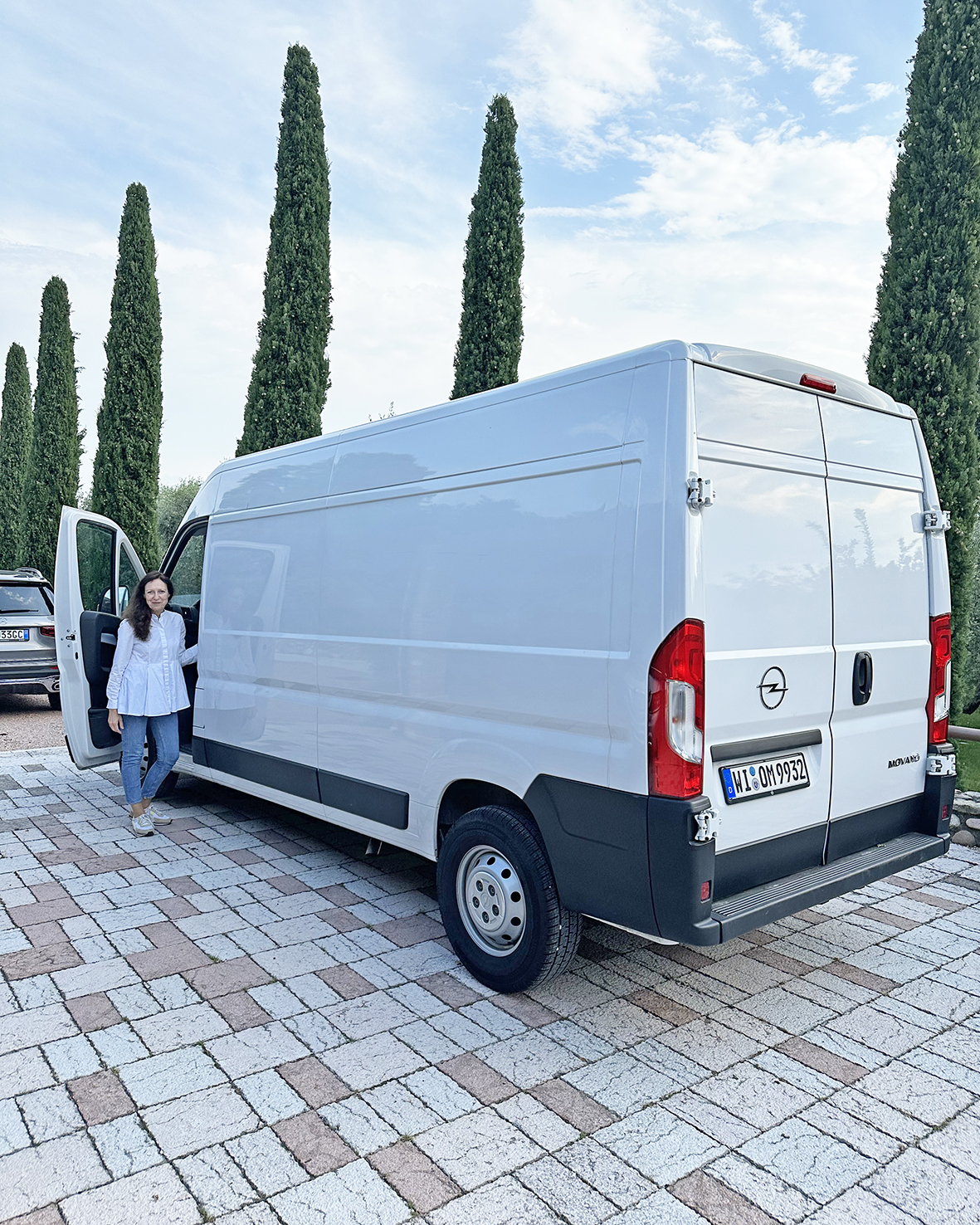

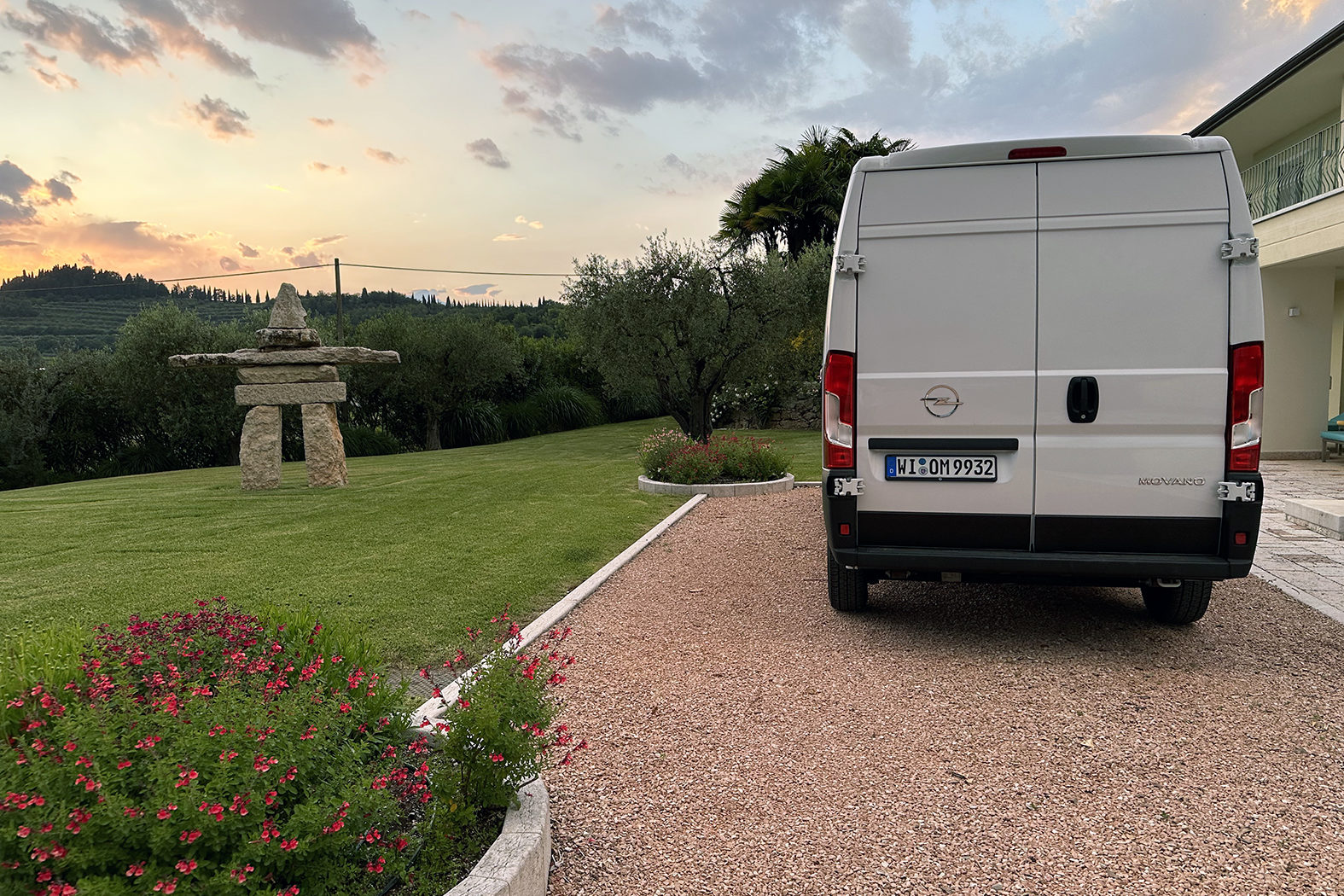
For Beate Kemfert, it was only logical to start the exhibition with the late paintings – those intimate representations of women’s bodies that were created shortly after the death of her sister Simone. On the blue wall hang previously undiscovered oil paintings that Hélène de Beauvoir created in seclusion in Alsace in the mid-1960s. „That was a turning point for her, almost a liberation,“ says Kemfert.
Art that moves
Whenever valuable loans arrived in Rüsselsheim, the atmosphere was tense. „There is the Movano in the courtyard, the doors open – and for the first time in decades you see these works united in one place,“ Beate Kemfert recalls. „These are moments that you don’t forget.“ The exhibition is not only a tribute to an extraordinary artist, but also to what connects art and technology: movement, precision, passion.
October 2025
